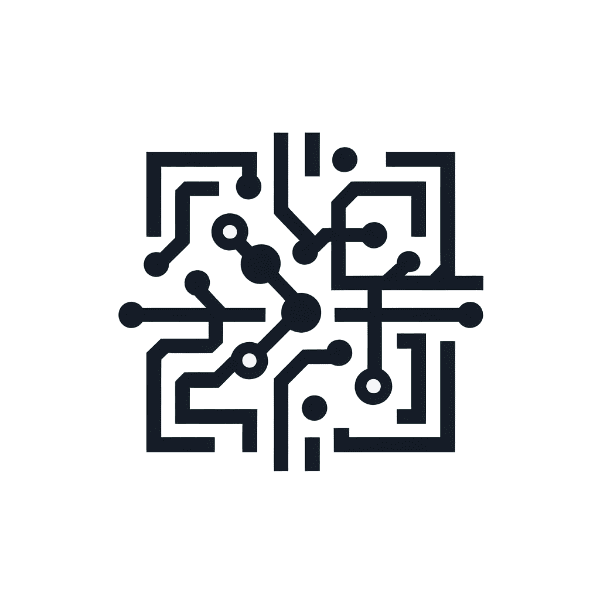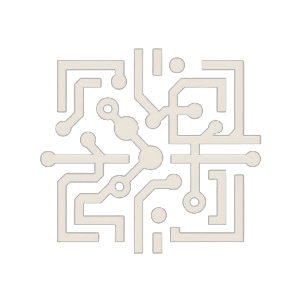
Digital HUB is an open online community of financial and data science professionals pursuing practical applications of AI in their everyday functions. Digital HUB community provides expert, curated insights into financial applications of Generative AI, Large Language Models, Machine Learning, Data Science, Crypto Assets and Blockchain.
A key focus for The Digital HUB publication is to provide best practices for the safe deployment of AI at scale such as: assessing the ability to execute, determining an organization’s digital DNA, fostering skill development, and encouraging responsible AI.
Digital HUB is an open online community of financial and data science professionals pursuing practical applications of AI in their everyday functions. Digital HUB community provides expert, curated insights into financial applications of Generative AI, Large Language Models, Machine Learning, Data Science, Crypto Assets and Blockchain.
A key focus for The Digital HUB publication is to provide best practices for the safe deployment of AI at scale such as: assessing the ability to execute, determining an organization’s digital DNA, fostering skill development, and encouraging responsible AI.
The Digital Transformation of Industries
The Digital Transformation of Industries
The “Digital Tsunami” is here. The pace of what we call the Digital Tsunami is accelerating due to explosion of technologies such as AI, Internet of Things (IoT), and the Cloud. On the receiving side, industries are under immense pressure to adapt to the increasingly digital landscape to be the market leader, among other business objectives. To gauge the scope of this [digital transformation] endeavor, let’s explore the answer to this question:
What is Digital Transformation?
- Implementation of digital technologies to improve customer experience
- Developing digital strategies to enable business operations
- Deploying technologies such as AI, machine learning and automation to improve products and margins
- Transforming the organization to a connected enterprise by breaking the silos of information
- Implementing skills training and development for the digital technologies
- Implementing a culture of continuous product improvement and customer centric organization
- The response of enterprises to the digital tsunami due to explosion of alternative data
If you know the answer(s), then you are well underway. If you are not sure, you should find clues as you read through. In any case, I may have a few takeaways for both scenarios; so, read on…
The Digital Tsunami represents different challenges and opportunities for different industries. So, the digital transformation in one industry (or even segments within a given industry) will produce unique offerings depending on your business model. However, there are foundational digital technology elements – such as AI, data science, IoT, big data management – that provide common services for variety of workflow and applications. The leader’s – The CXO’s – response to the digital tsunami, will make or break their organizations as a larger proportion of their services will be in the form of digital solutions. Succeeding in this transformation will position your firm to be the market leader.
To gain prospective on the enormity of challenges and opportunities, we can re-visit the waves of the information revolution with each wave creating big winners and losers. The First wave created the “web presence” market. The second wave produced the “e-Commerce” businesses (Amazon, e-Bay). The third wave, the “Internet of People”, produced Facebook, Google, etc. The fourth wave, the “Internet of Value”, is all about applications of AI, Blockchain, IoT and web3 in industries. The Internet of Value is a much larger wave that will produce new winners with unseen market caps.
For now, the key points are:
- The major opportunity is in the digital transformation of Industries
- Digital technologies have matured to the point of readiness for large scale deployment by the industries.
- CXOs can champion this wave of transformation or be consumed by it.n champion this wave of transformation or be consumed by it.
What is Digital Transformation?
Digital transformation has been claimed for a wide range of initiatives and offerings including front end customer interfaces in on-line services, chatbots, automation certain workflows to remote operation of industrial facilities. Although, all part of the digital umbrella, a framework with best practices would go a long way in achieving a sustainable digital transformation.
In the following, we will define this framework and its main components. We define the digital Transformation (dTr) as a combination of three main pillars with the following relationship:
dTr = Ability to Execute * digital DNA * Skills Development
The above formula is meant to demonstrate the bigger picture of digital transformation and to introduce methodologies to leverage all the transformative benefits of digitization.
“Ability to Execute” refers to a firm’s proficiency to coordinate abilities and resources across disciplines in an efficient and productive manner.
The “digital DNA” refers to a firm’s capabilities VS what is needed to achieve digital transformation. These capabilities do not just focus on acquiring cutting-edge technology but to complement their technology capabilities with best practices of digital design culture, cross-product Infrastructure, client experience-led workflows.
“Skills development” has been an afterthought in many organizations. To succeed in the fast-moving digital world, a robust skill development program is key.
A framework based on the above components can help your firm assess its current standing and develop a road map to become a market leader through digital transformation.
- Companies must prepare and organize to absorb the waves of change, keeping in mind that the adoption of digital technologies have different cycle times for development (by tech providers), deployment (by industries), and absorption (by people).
CXOs have a pivotal role in developing focused organizations to develop and monetize the new solutions. Several industries such as financial services, have already taken significant steps by investing and setting up software platforms offering front-end digital solutions. As a result, they have increased market share with significant new revenue streams.

